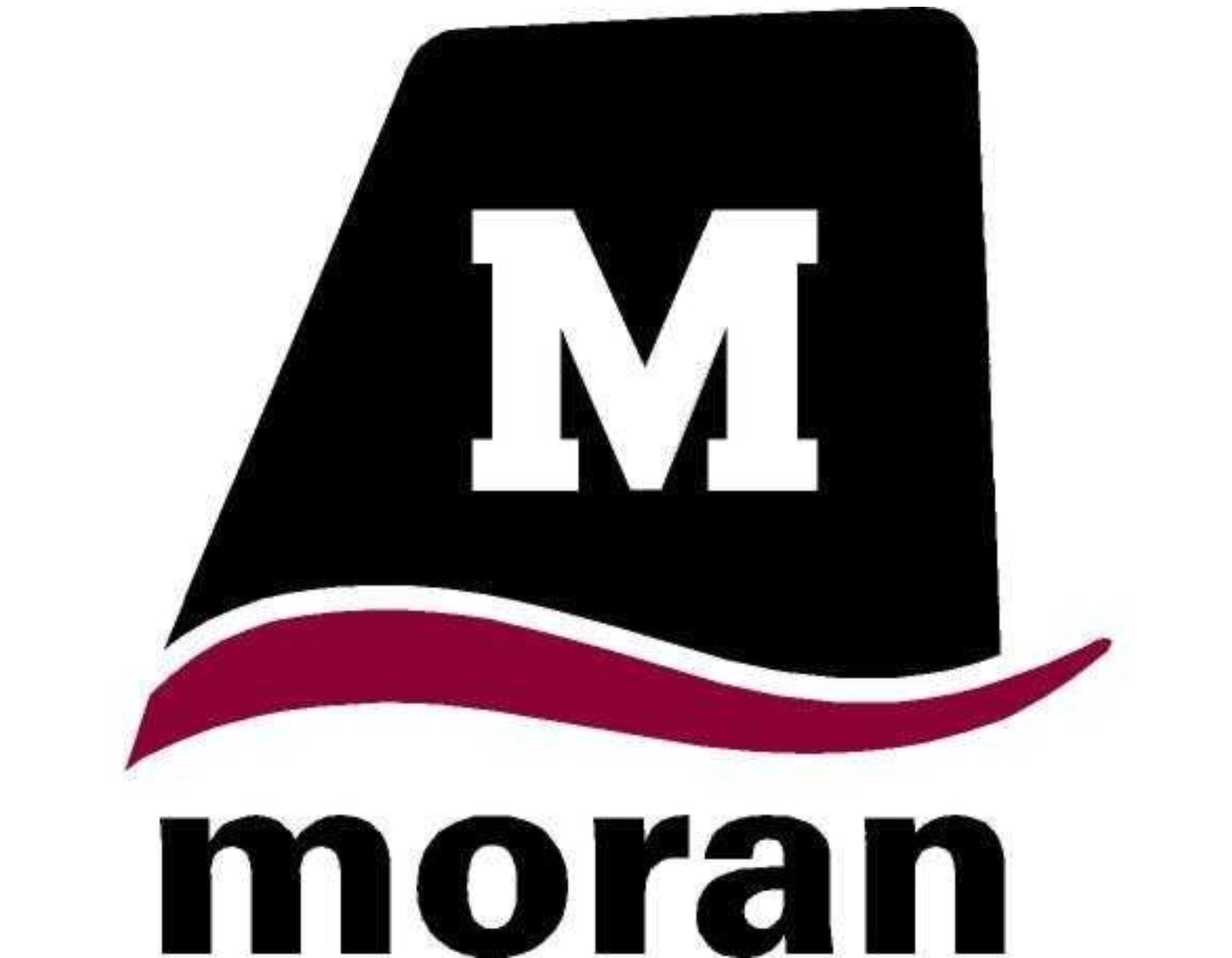
In the orbit of New York City, conversations about wellness services can get tangled quickly. This piece aims to cut through the chatter and help readers understand what to expect, what to avoid, and how to stay safe. The term rub and tug nj manhattan has popped up in local conversations, but clear information about licensing, standards, and legitimate options matters more than rumor.
Understanding the landscape: legitimate massage vs. illicit services
Across Manhattan and parts of New Jersey, massage studios run the gamut—from highly regulated clinics with licensed therapists to spots that operate in gray zones. Legitimate providers focus on therapeutic goals: pain relief, mobility, relaxation, and proper aftercare. When the conversation shifts toward off-menu services or pressure for private encounters, that’s a red flag, not a routine add-on.
I’ve spent years talking with therapists, clinic owners, and public safety officials, and the pattern is consistent: transparency and professionalism are the anchors of a trustworthy experience. If a place can’t clearly describe its services, pricing, and therapist credentials, it’s a sign to walk away. A responsible studio will welcome questions and provide documentation without hesitation.
Legal context and consumer safety
Regulatory frameworks differ by jurisdiction, which means understanding where your visit fits in is smart. In New Jersey, licensed massage therapists typically operate under state oversight, with clear requirements for training, testing, and malpractice coverage. In New York City and its boroughs, licensure exists as well, though enforcement can feel uneven in busy neighborhoods. Verifying credentials through state boards is a straightforward step that pays off in peace of mind.
Safety extends beyond credentials. Clean facilities, transparent menus, and consistent boundaries are tangible indicators of legitimacy. If staff press for tips beyond standard gratuities, push to private sessions, or promise sensational outcomes, that points toward a service you should decline. When in doubt, prioritize your comfort and your safety—your instincts are a reliable guide.
What to look for in a reputable spa or massage parlor
A reputable spa or parlor will display licensing information and allow you to verify therapist credentials. The treatment menu should be clear, with reasonable prices and documented service descriptions. Therapists will explain the intended approach, obtain informed consent for any procedure, and avoid any touching that feels inappropriate or outside the agreed scope.
The environment tells a story, too. A professional space—well-lit, clean, organized, and compliant with local health standards—speaks volumes about the business. If you notice pressure to accept off-menu services, rushed appointments, or a lack of privacy during your session, it’s wise to pause and reassess before proceeding. Your best bet is to choose a facility known for consistency and accountability.
| Indicator | Legitimate massage | Illicit services |
|---|---|---|
| Licensing | Visible licensing details; therapist credentials | Missing or vague credentials |
| Menu clarity | Clear descriptions and prices for standard services | Unlisted services; pressure for extras |
| Environment | Professional, clean, and transparent | Hidden rooms or rushed atmosphere |
Navigating the NYC and NJ scene: tips for visitors and locals
If you’re visiting, do a bit of homework before you set foot inside a spa. Read recent reviews, confirm licensing on the state or city website, and prefer establishments with a transparent online presence. For locals, a long-standing neighborhood spa often provides consistency and a straightforward practice philosophy that’s easy to verify in person.
In practice, I’ve found that the best outcomes come from choosing facilities that treat massage as health care, not entertainment. It helps to ask upfront about the therapist’s approach, the typical duration of sessions, and what’s included in the price. I’ve recommended colleagues to verify credentials and to rely on written information rather than verbal assurances. A calm, professional booking process is usually a reliable predictor of a safe experience.
Resources and reporting concerns
If you encounter a business that seems to blur the line between legitimate care and something riskier, there are channels to report concerns. New Jersey’s Division of Consumer Affairs and New York’s Department of Health and Mental Hygiene offer consumer protection resources and guidance for massage-related practices. Local police non-emergency lines can also be a first point of contact if you observe anything that feels unsafe or illegal.
To stay safe, keep basic precautions in mind: stay with licensed providers, confirm pricing before services, and avoid rooms that feel rushed or overly secretive. It’s not only about protecting yourself; it’s also about supporting reputable businesses that adhere to professional standards. If you’ve had a troubling experience, documenting details and sharing them with the appropriate agencies helps improve oversight and keeps communities safer.
In the end, choosing care that is transparent, licensed, and respectful is the simplest path to a positive outcome. The urban mix of Manhattan and neighboring New Jersey offers a wealth of legitimate options, and the smart approach is to treat massage as a health service—one that prioritizes your well-being, your boundaries, and your right to clear information. When rumors surface about rub and tug nj manhattan, you’ll be equipped to separate fact from fiction, seek proper care, and support the professionals who uphold high standards.